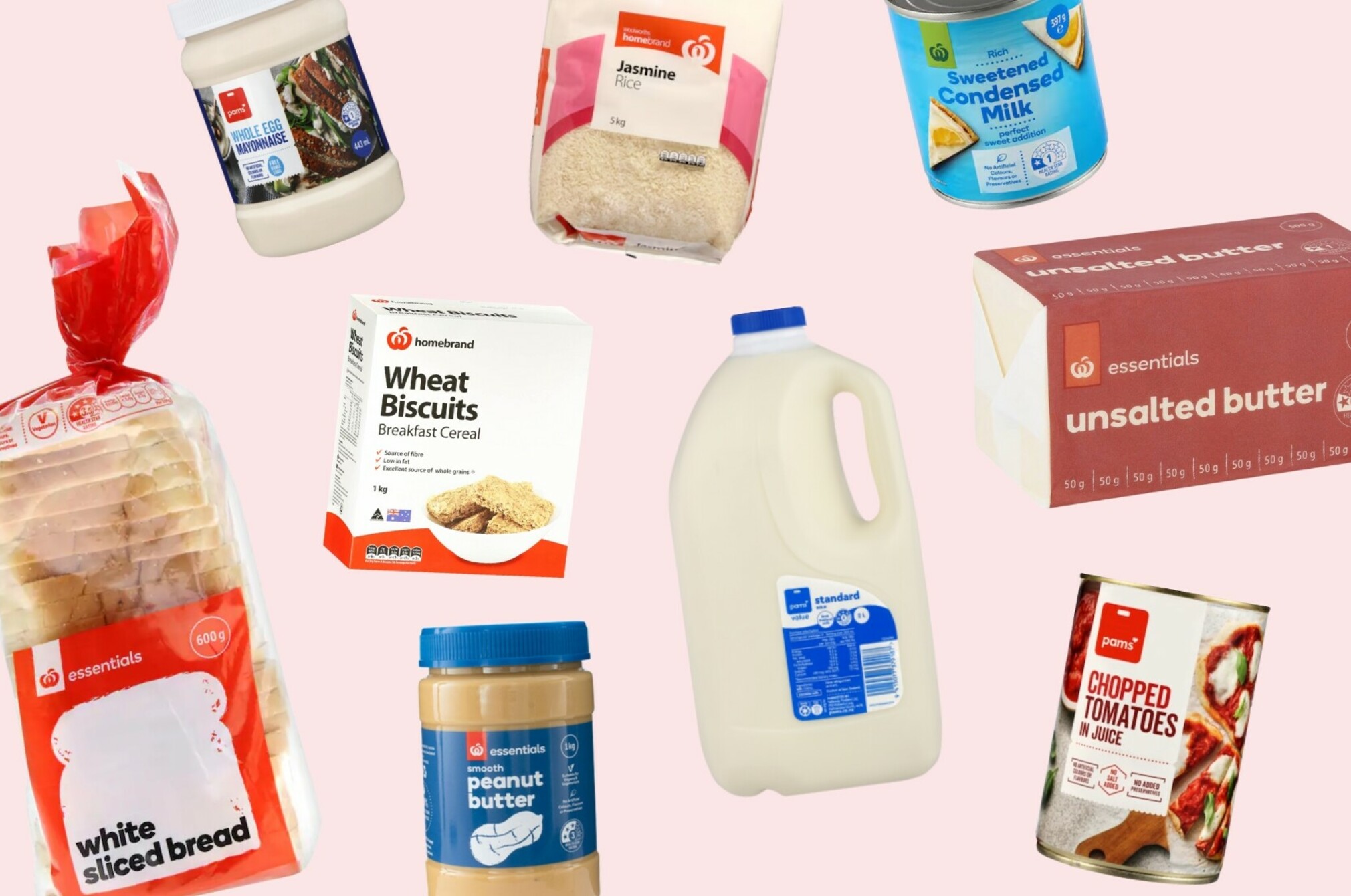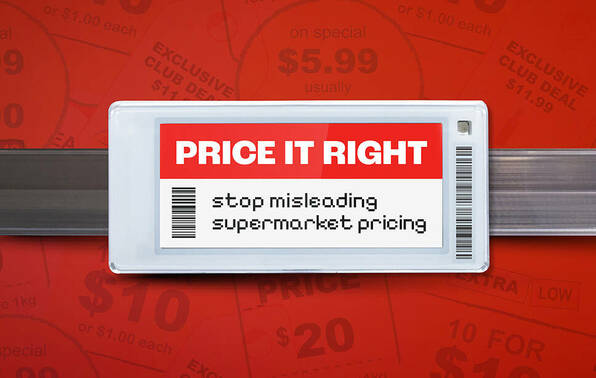Supermarket home-brands: do they really offer low cost and value?

Our latest supermarket survey revealed that price and value are the top priorities for grocery shoppers. Part of the focus on price means more of us are buying home-branded products at supermarkets to save money. But do low cost and value go together?

Of those respondents who had changed their shopping habits to keep prices down, 66% were buying more budget or home-branded products, while 67% were buying fewer premium-brand or specialty products.
“We usually go for [home-branded products] as they are cheaper, so it affects our shopping by lowering our overall cost,” one respondent said.
My own pantry is full of home-branded products. It’s hard to walk past something that’s cheaper and essentially the same as the other options available – especially when it’s a product like tomatoes or beans that I’m going to liven up with some herbs and spices anyway.
But do savings at the till come with any drawbacks? We take a look at the quality of home-branded products as well as the potential for them to lessen competition in the grocery sector.
The quality of home-branded products
When I looked into the value offered in 12 categories of home-branded products last year, considering the price, nutritional value and ingredients, I only found a few duds.
One element that made for a lacklustre home-branded product was the percentage of the main ingredient contained in the product. For example, Pams Value creamed corn had only 40% sweetcorn, whereas the private-labelled Wattie’s cream style sweetcorn had 80%.
The other differences between home-branded and private-label products were the levels of fat, sodium and sugar.
This is what let down Woolworths’ Macro organic brand in our baked beans taste test – it came last, likely due to the fact it has less fat, sodium and sugar than the other products we tested.
Yet, when we blind taste-tested wheat biscuits, between the Pams, Woolworths and Sanitarium brands, it was the big-name brand that came in last.
The potential future of home-branded products
In Consumer NZ’s supermarket sentiment survey, we asked whether people were noticing more home-branded products on the shelves.
45% had noticed either a lot or some more home-branded products, while 34% said there was no real change. The rest either hadn’t noticed or said there were fewer home-branded products.
Supermarket-branded products are a win for consumers because they’re generally cheaper and can offer more choice, but in the long run, they could push competitors off the shelves and push the prices up.
An added complication is that by offering home-branded products, a supermarket can be both a customer of a supplier and a competitor. As one of our survey respondents noted: “I purchase home brands because they are typically the same product, possibly even from the same source, but cheaper.”
While the Commerce Commission noted in 2022 that home-branded sales in Aotearoa were “relatively low compared with overseas markets”, it has since put in place a Grocery Supply Code to ensure supermarkets don’t favour their own products in stores’ shelf allocation.
More recently, our surveying is showing that home brands are changing the range of products available on the shelves.
47% of survey respondents agreed that home brands are changing the range of choices available; 42% were neutral and 11% disagreed.
“A lot of these home-brand products have just replaced the old products, so I find myself inclined to purchase some of [the home-brand products],” one survey respondent said.
The grocery commissioner is monitoring the supermarkets’ use of home-branded products. When we asked what monitoring had been done, a spokesperson said an update would be provided in the next annual grocery report, later this year.
What to look for when shopping for home-branded products
Consumer’s survey also found that the increasing number of home-branded products on shelves makes it harder to choose the best option.
At Foodstuffs, the home brands are Pams and Pams Value. While we found the latter to be cheaper, Pams seemed to have slightly better-quality ingredients. They’ve also added Pams Finest to the range which is described as the “go-to when treating yourself and others”.
At Woolworths, the home brands are Woolworths own (which has the green Woolworths symbol) and Essentials (which has the same symbol in red). Macro is its organic range, which is typically more expensive than the budget options.
Follow these two tips to make the best choice for your budget and taste-buds.
Check the levels of sugar, salt and fat between the private label and the home-branded product to find the product that best suits your taste and health needs.
Compare the percentages of the main ingredient between the products. All products must list their ingredients from the biggest percentage through to the smallest. While the home-brand corn may be cheaper, the tin could contain more water than corn.

Sign the petition to make supermarkets price it right
Supermarket pricing errors are widespread and another blow to people’s budgets. Find out about our campaign to tell the government we need clear rules, stronger penalties and automatic compensation for shoppers when supermarkets get it wrong.
Member comments
Get access to comment